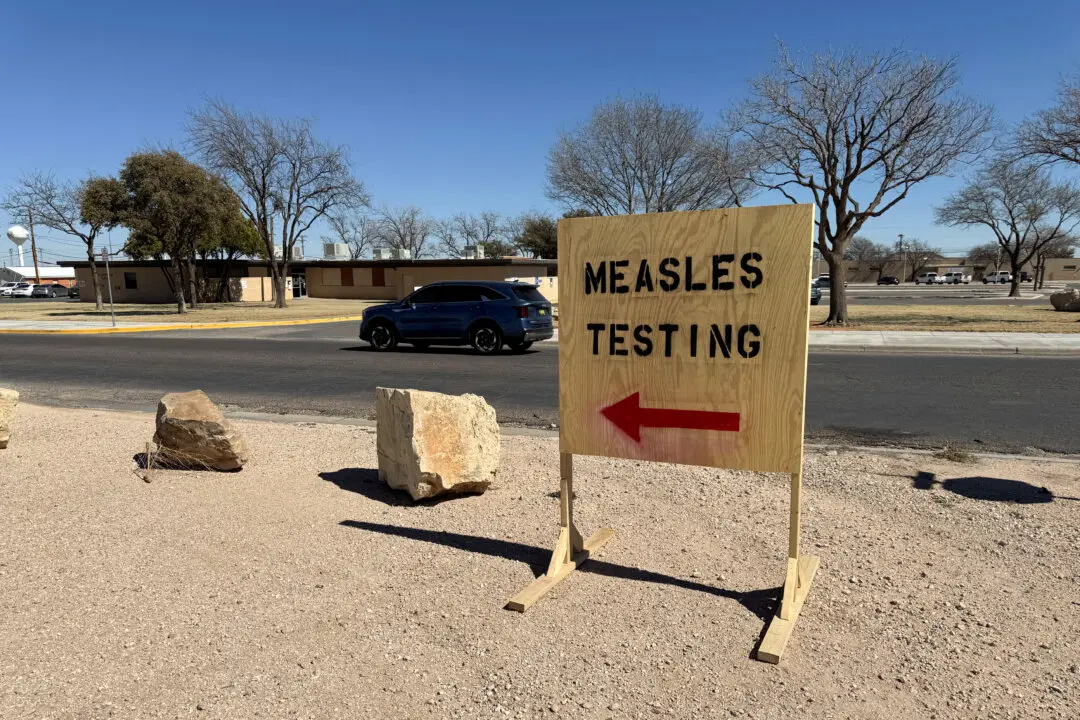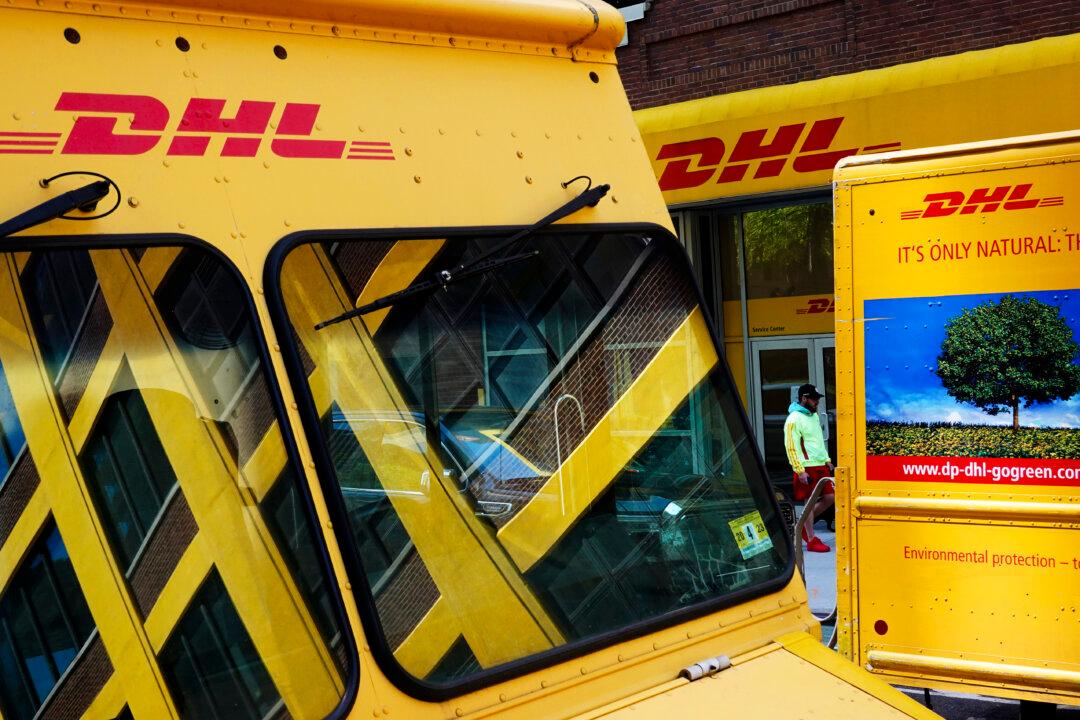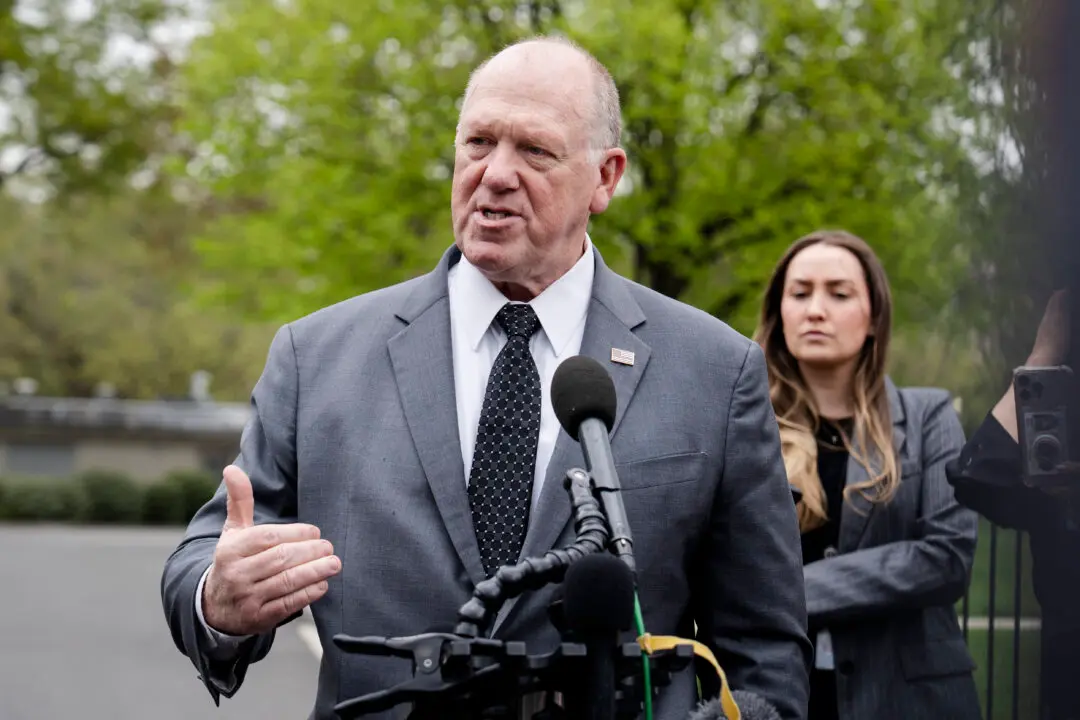California-based First Republic Bank and Arizona-based Western Alliance Bancorporation both attempted to calm nerves around the collapse of Silicon Valley Bank after shares for both financial institutions plunged in the past week or so.
First Republic Bank told customers that their deposits were safe amid fears of spillover caused by SVB’s collapse late last week and as shares of First Republic Bank dropped 33 percent over the past five days.
“This filing reiterates First Republic’s continued safety and stability and strong capital and liquidity positions,” the filing stated. “First Republic’s deposit base is strong and very-well diversified. Consumer deposits have an average account size of less than $200,000 and business deposits have an average account size of less than $500,000.”
The U.S. Federal Deposit Insurance Corporation (FDIC) insures deposits up to $250,000 per depositor per insured bank, for each account category. There were reports that about 85 percent of Silicon Valley Bank (SVB) accounts weren’t insured as the financial institution was often used by tech firms and startups.
“Within business deposits, no one sector represents more than 9 percent of total deposits, with the largest being diversified real estate. Technology-related deposits represent only 4 percent of total deposits,” First Republic also said. Its investment portfolio is less than 15 percent of total bank assets and only less than 2 percent of total bank assets are categorized as available for sale.
Silicon Valley Bank is the first FDIC-insured institution to fail this year, the Federal Deposit Insurance Corporation said, although analysts noted that its collapse represents the largest bank to fall since 2008 when Washington Mutual collapsed. The last FDIC-insured institution to close was Almena State Bank in Kansas on Oct. 23, 2020.
Fears
On Twitter, a highly visible post alleged that people were going on “a bank run” at a Brentwood, California, First Republic Bank location. That post’s video, shot from a moving vehicle, showed what appeared to be a long line of people standing outside the branch.The bank, which was founded in San Francisco in 1985, has some 80 branches in 11 states around the United States. The WSJ article noted that the bank’s funding relies largely on wealthy individuals who want to seek higher yields on their money.





